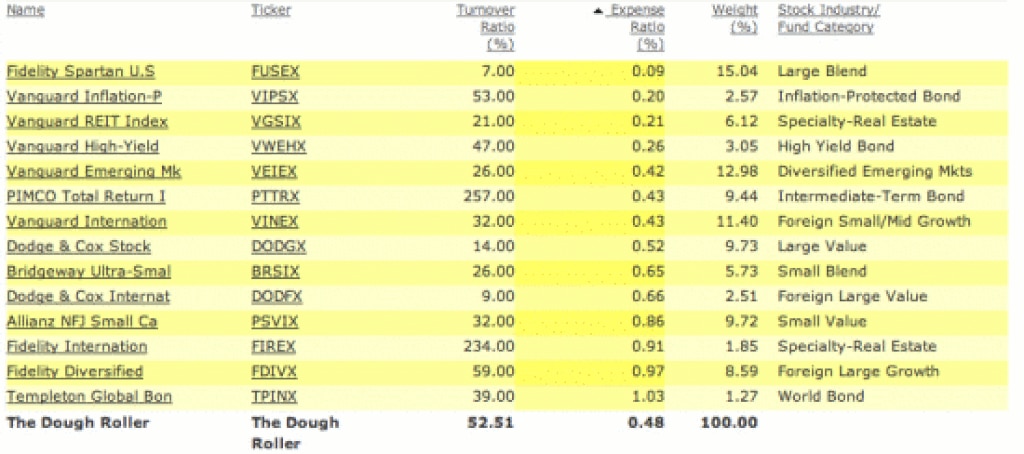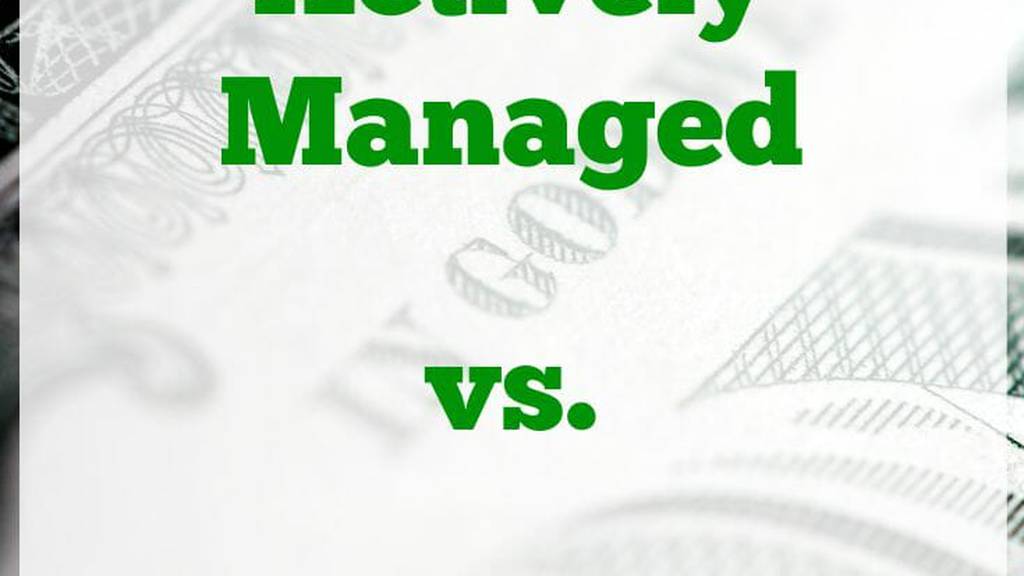Question: Which is better, actively managed mutual funds or passively managed index funds?
Answer: Yes.
Little else will heat up a discussion among mutual fund investors than the question of whether actively managed mutual funds or index mutual funds are best. This question is not strictly a matter of asset allocation, but it’s such a significant question that I’ve included it in this Guide to Asset Allocation. Before I explain my ‘Yes’ answer to the question above, let’s first look at the basic differences between the two types of mutual funds.
Many believe that because index funds generally outperform actively managed funds, in part due to lower costs, there is no place in a portfolio for actively managed funds. Others find index funds just too boring.
Personally, when it comes to investing, boring is exactly what I’m looking for. In my case, though, I own a mix of both actively managed funds and index funds, which explains my ‘Yes’ answer above. To put it in some perspective, here are the mutual funds I own (this was as of July 2007; today my investments have changed some, but not my basic strategy):

I've listed the funds from least expensive to most expensive. You'll note that the least expensive equity funds are all index funds. You'll also see, however, that I do own actively managed funds, at least one of which charges more than 1% (NOTE: Templeton, please lower the cost of TPINX--it's a bond fund for goodness sake!).
When it comes to small-cap or foreign equity, bond, or REIT funds, I often own actively managed funds because they are the best options available to me (Update: That has changed since writing this article. I now have index funds for most of these asset classes).
Related: How to Invest in Index Funds - Easy Guide
One reality of 401(k) investing is that you have limited choices and have to make the best of what options you have. (Here’s a podcast on how to compare funds in your 401k.) That said, I’m generally pleased with all of the listed mutual funds. In small-cap and foreign funds, actively managed funds perform better against their respective benchmarks than do large U.S. company funds.
The theory is that so much is known about large U.S. companies that it’s difficult for a manager to outperform the market. In the final analysis for me, the single most important factor in the active versus index debate is cost. As you’ll see from the Morningstar screenshot above, my weighted average cost is .48 percent, which is just under my goal of .50 percent. (Update: My goal today (2014) is to keep costs below .25 percent; my investment costs currently stand at .22 percent.)
Here’s a book I recommend on asset allocation in general, including investing in actively managed mutual funds or index funds:









